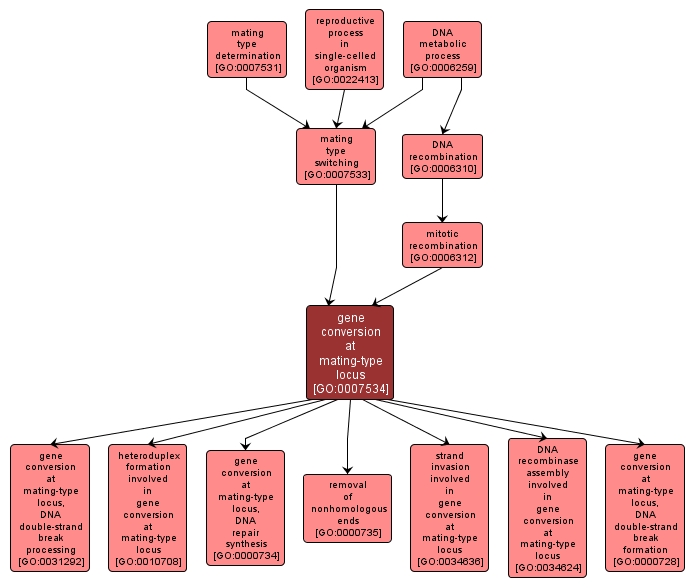| Desc: |
The conversion of the mating-type locus from one allele to another resulting from the recombinational repair of a site-specific double-strand break at the mating-type locus with information from a silent donor sequence. There is no reciprocal exchange of information because the mating-type locus copies information from the donor sequence and the donor sequence remains unchanged. |














